Natural wonders in Kashan, a city located in Isfahan province has recently gained worldwide fame. And this is why this land of the unknown is a turning point for many tourists to visit.
Kashan, a city located in Isfahan province, is most famous in terms of history and civilization.
During Nowruz in spring, Kashan is full of travelers. Tourists who enjoy the pleasant nature by visiting adjacent villages and towns. As well as to witness the “Golabgiri” (making rosewater) ceremony that is held in May and June.
In summer, despite the hot weather, Kashan receives foreign guests. Especially the surrounding towns such as Niasar, Barzok, and Ghamsar . However, as the weather cools down, nature lovers turn to deserts. Deserts memories can amaze you. They would chisel on your mind with starry sky, enchanting dunes as well as pure silence and tranquility.
Here is a brief article about some of the unique tourist natural wonders in Kashan:
Ghamsar, The Town of Flowers and Rosewater
Ghamsar is a small town in the south of Kashan. A city famous for its Mohammadi flowers, perfumes, and rosewater (Golab), and the traditional Golabgiri ceremony in May.
According to the coins discovered at the foot of the Ashk mountains in the northeast of Ghamsar, which belong to the Achaemenid period, this tourist city is more than 2,500 years old.
Ghamsar is a green and summer valley. You can feel spring with all your being here as Mohammadi flower (aka Damask roses) fields with pleasant aroma turn this town into an earthly paradise.
In the Ghamsar rosewater museum, you can see the history of Golabgiri in Kashan. You can also visit the traditional tools and trends of this ceremony, located in the house of Zakeries.
It is worth mentioning that the towns of Barzok and Niasar also have flower fields and make supreme rosewater like Ghamsar.
Apart from rosewater, which is the main souvenir of Ghamsar, rural soap, Persian carpets, dried green plums and tomatoes, Bukhara plums, and a variety of fruits and a special and unique product called “Joze Gand” are among souvenirs of Kashan. The last one is a kind of peeled and dried peach filled with almond powder, cardamom, sugar, and chickpea flour.
Niasar City, with Famous Waterfall and Cave
Niasar is a spectacular city about 20 km northwest of Kashan. Numerous natural wonders and historical attractions have led to an annual increase in the number of domestic and foreign tourists here.
Niasar is a mountainous region among the Karkas (means vulture) heights with a cool climate. And the cool and breezy weather is why the city called Niasar (means shade and cold).
Tourists use this summer area for sightseeing in spring and summer, especially during Nowruz and Golabgiri season.
Among the most important sights of Niasar city, we should mention Chartaghi (Sassanid fire temple), Niasar waterfall, Alexandria Springs, Niasar cave, and Safavid bath.
What has kept Niasar alive for many years is the historical Alexandria springs, one of the oldest springs in Iran. Niasar waterfall, another natural attraction here, originates from Alexandria springs.
The dissolution of limestone over the years have created stalactites. Such as chandeliers that form on the roof of caves. Or cone-shaped calcareous sediments that grow from the bottom of caves. Subsequently, this waterfall has a wondrous view.
Man-made Niasar cave is about 2,000 years old (attributed to the Parthian period). This cave was built with basic tools to perform the religious ritual of “Mithraism” in the heart of the Karkas mountains.
Abyaneh Village, Historic Houses, and Pleasant Climate
The historical village of Abyaneh, with an altitude of 2222 meters above sea level, is one of the highest residential areas in Iran. Abyaneh is one of many natural wonders of Kashan as well that offers unique nature and breathtaking and extraordinary landscapes.
Furthermore, if you are looking for a gentle rural environment, clean air, and away from the hustle and bustle of the city, Abyaneh is recommended for you.
On the other hand, the unique architecture of the buildings here has made the landscape more appealing.
The village old houses made of red bricks have flat roofs. As a result, these unique buildings on the slope of the mountain are built-in steps. The works from the Achaemenid period to the Qajar era can be seen in this village too.
Barzok City, Emerald that Shines in the Desert Land
Barzok with an area of 200 hectares is located 50 km southeast of Kashan. This county has one of the best climates of the cities around Kashan.
Barzok is estimated to be 5,000 years old. Cold winters and mild summers are the features of this city.
The existence of numerous Qanats and springs in this area has caused the prosperity of agriculture. The longitudinal extension of the city along the river that flows vigorously has a very delightful and inspiring view. Subsequently, it can be said that Barzok has turned into a beautiful city-garden because of that.
Most people in the area are engaged in agriculture and horticulture. The most important and most harvested products of Barzok are Mohammadi flowers (which produces almost 70% of rosewater in Isfahan province), walnuts, and almonds, Morus nigra (Also called black mulberry), and plums.
Read more: Kashan: A Gem of Traditional Persian Architecture
Maranjab Desert; The Magical Night Sky
Maranjab desert is one of the most popular, gorgeous deserts in Iran. One of the fascinating natural wonders of Kashan located 35 km north of “Aran va Bidgol” city.
Since access to freshwater and digging wells in the desert used to be very difficult and painful, they called this land “Mard Ranj Ab”. A name means “a man struggling painfully to find water” which turned to Marnjab over time.
If you travel to Kashan, definitely don’t miss the magical night sky of the desert. Furthermore, the peace of this enchanting phenomenon of nature, walking barefoot on the warm sands, and the glorious sunset of the desert would amaze you.
Watching the bright stars, lighting the fire, the friendly night circles around it, and the gentle morning light on the sea of sands also create pure unforgettable moments. An experience only for those staying in the desert.
The Maranjab desert is also rich in flora (including Tamarisk trees, Haloxylon, and Zygophyllum bushes) and fauna (wolves, jackals, hyenas, Rüppell’s fox, sand cats, beetles, chameleons, lizards, snakes, scorpions, terns, eagles, among other remarkable animals.)
The best time to travel to the Marnjab desert is autumn and winter.
Abouzeidabad Desert
Abouzeidabad Desert desert is located in the northeast of Kashan and is part of the Rig Band desert. Generally speaking, the historical and natural attractions of this desert have made it a popular wilderness in Iran.
This enchanting desert is located around “Aran va Bidgol” in Kashan and its proximity to Kashan and Abyaneh has attracted the attention of nature lovers and desert tourism.
Also, there is a very old and interesting caravanserai (means roadside inn) in the heart of Abu Zayd Abad desert. An ancient place more than 400 years old with the name of Safavid caravanserai. Until 60 years ago this guest-house was a resting place for Yazd and Isfahan travelers.
Now, this caravanserai with 29 rooms has become an eco-lodge and hosts tourists who love the excitement of desert nights.
Given these points, do not miss the desert tour. Then visit the underground city of Nooshabad, a 1,500 years old but newly discovered city located 40 km from Abu Zayd Abad.
Read more: Natural Attractions of Isfahan, Waterfalls, Deserts, and Caves
Aran va Bidgol Salt Lake
The city of Aran va Bidgol is the other famous town in the vicinity of Kashan with a lot of natural wonders to explore.
Aran va Bidgol salt lake is located 35 km northeast of this place, and the salt lake actually stands in the north of the Marnjab desert. In short, there are two ways to go to Aran va Bidgol salt lake in Kashan: You can either drive through the Aran va Bidgol route to Marnjab or after passing Marnjab caravanserai.
With an area of 2,500 km, Aran va Bidgol salt lake in Kashan is the largest natural salt lake in Iran. In fact, the height of the salt lake is 700 square meters above sea level, although the northern parts are lower.
At present, this lake is the remnants of the central sea of Iran and the result of several thousand years of floods and saline waters dissolving soil, then evaporated and accumulated over the centuries.
When it rains, the water accumulates to a depth of 2 cm, and when the sun shines, the water evaporates and forms a beautiful landscape. Hot weather evaporates weather, therefore creating interesting polygonal shaps over slat lake.
Read more: Best Kashan Souvenirs and Handicrafts You Can Find

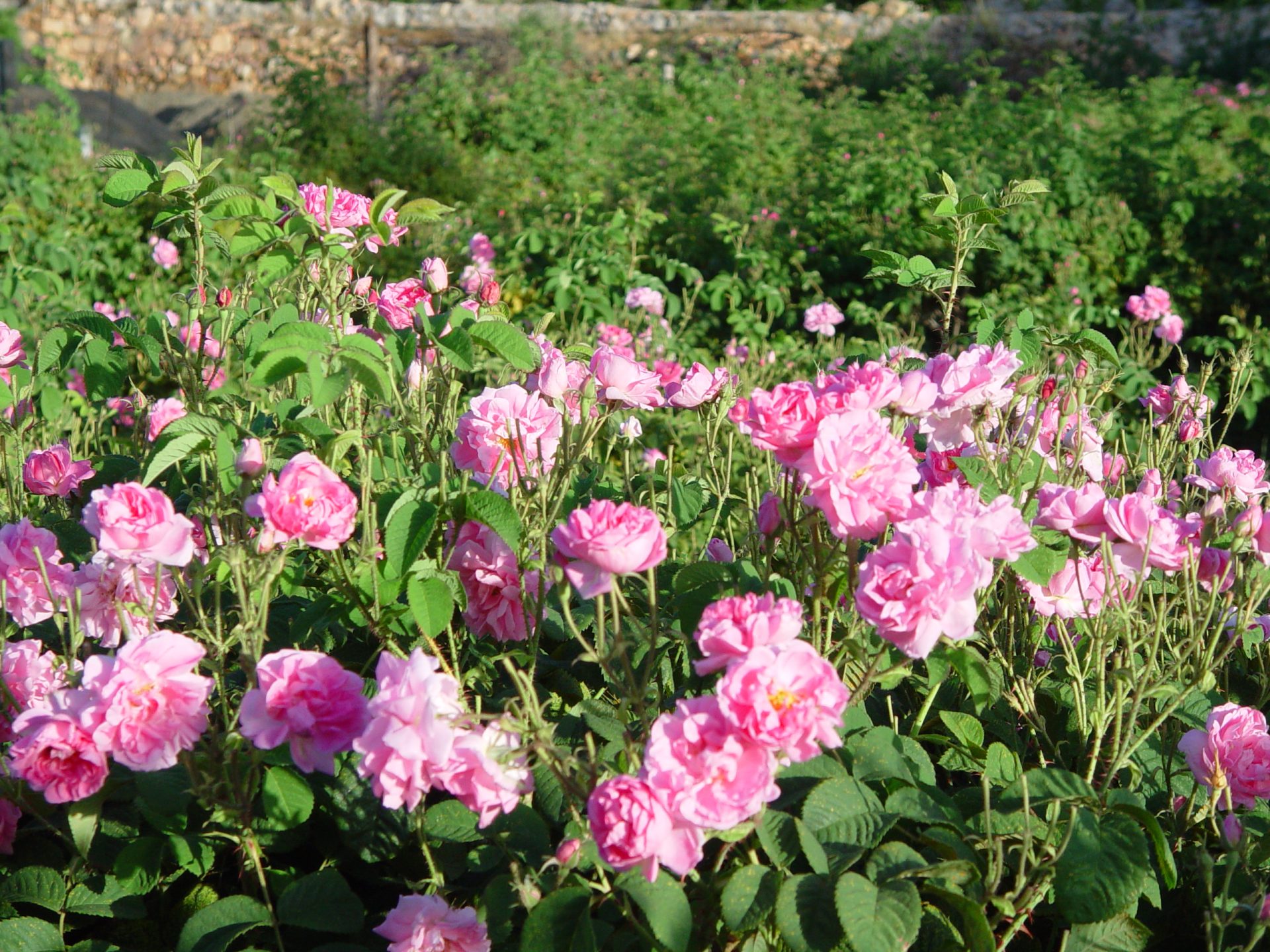
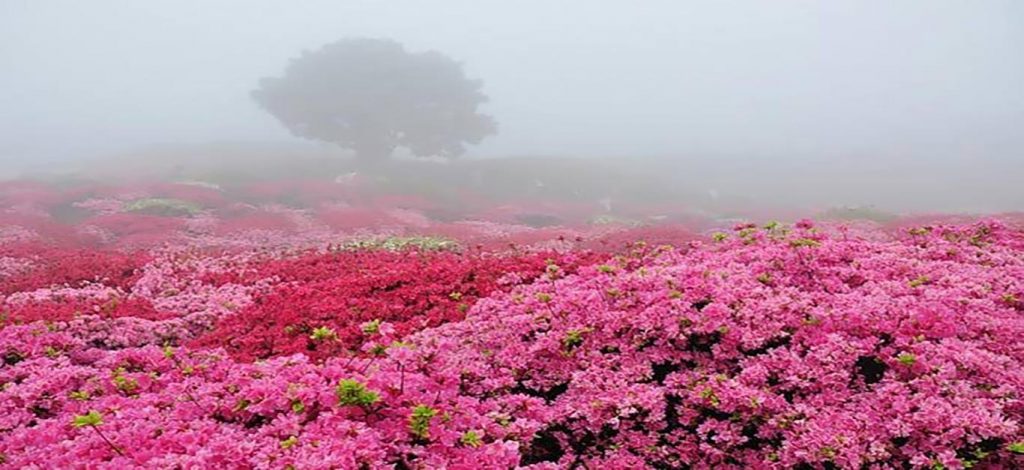
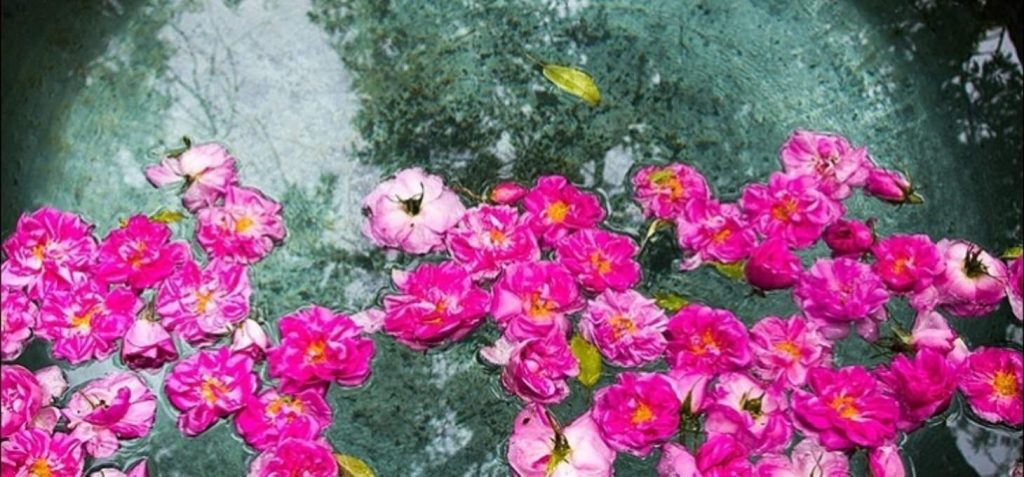
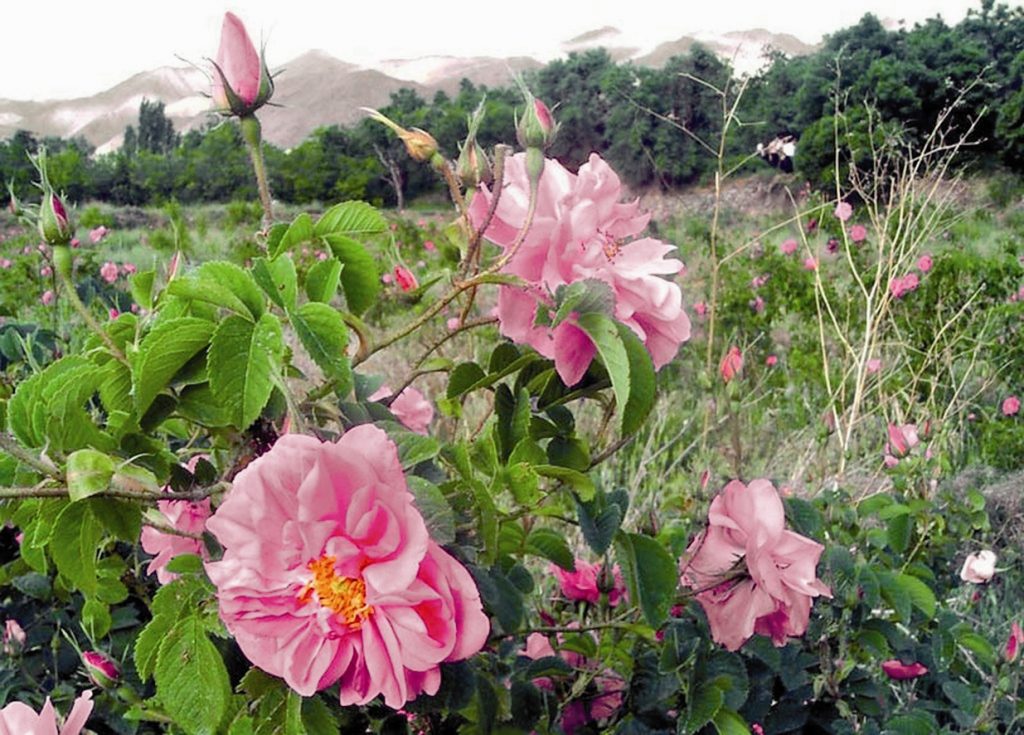
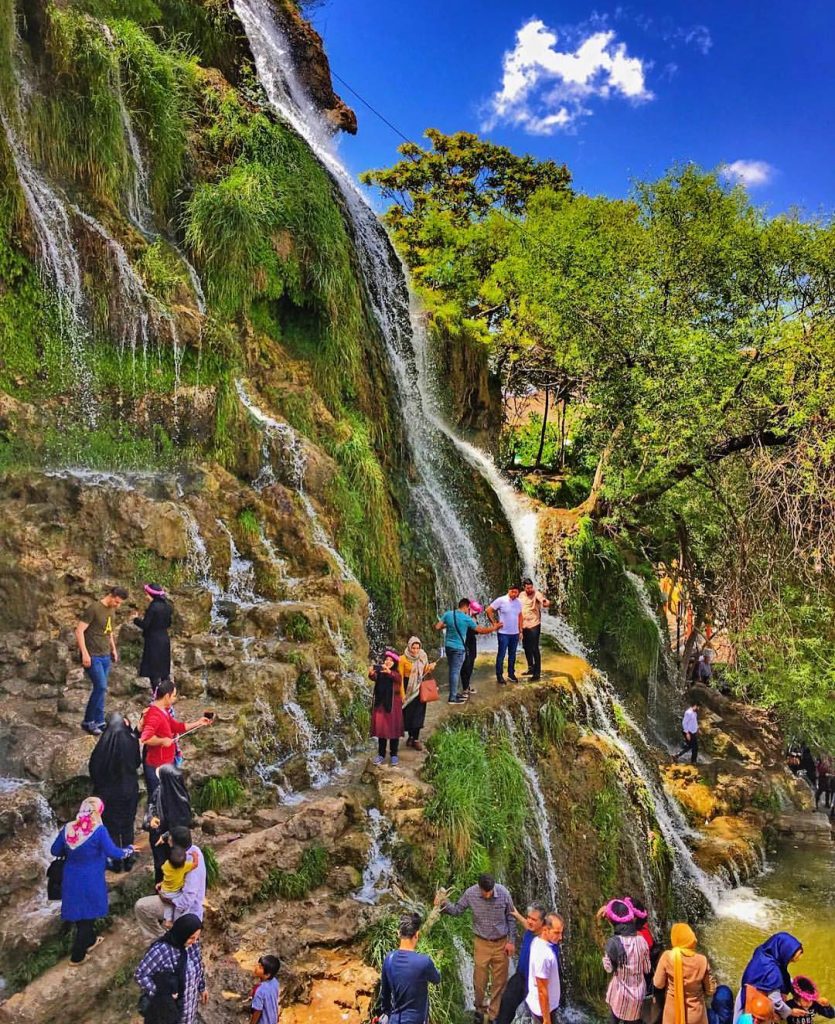
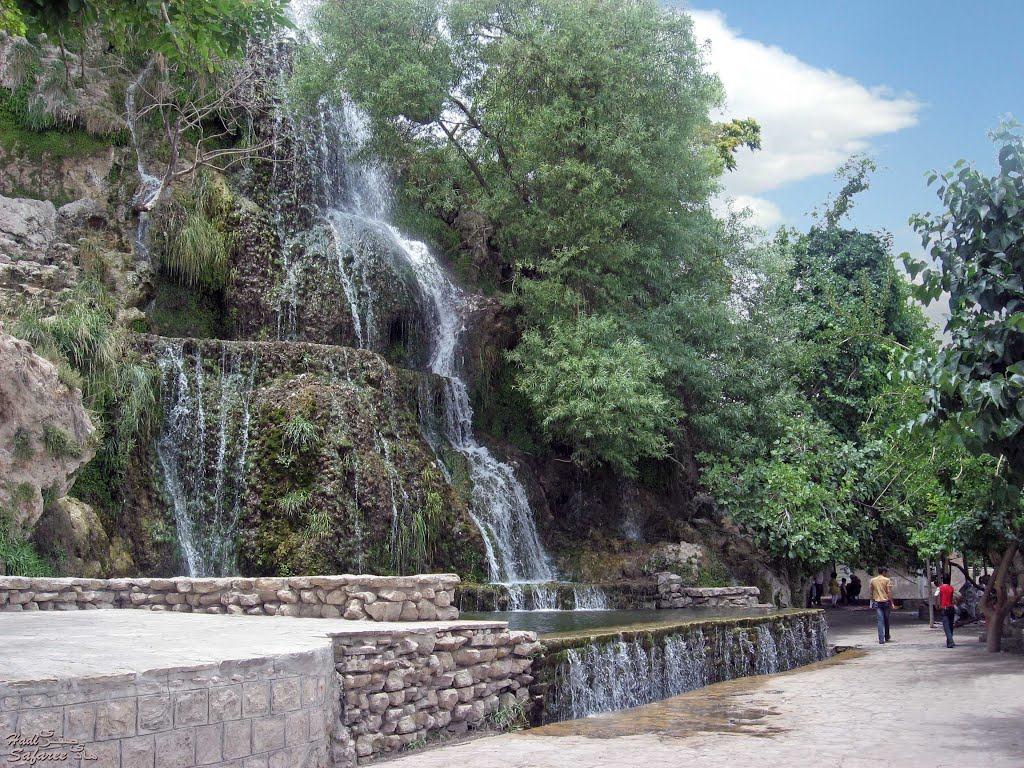
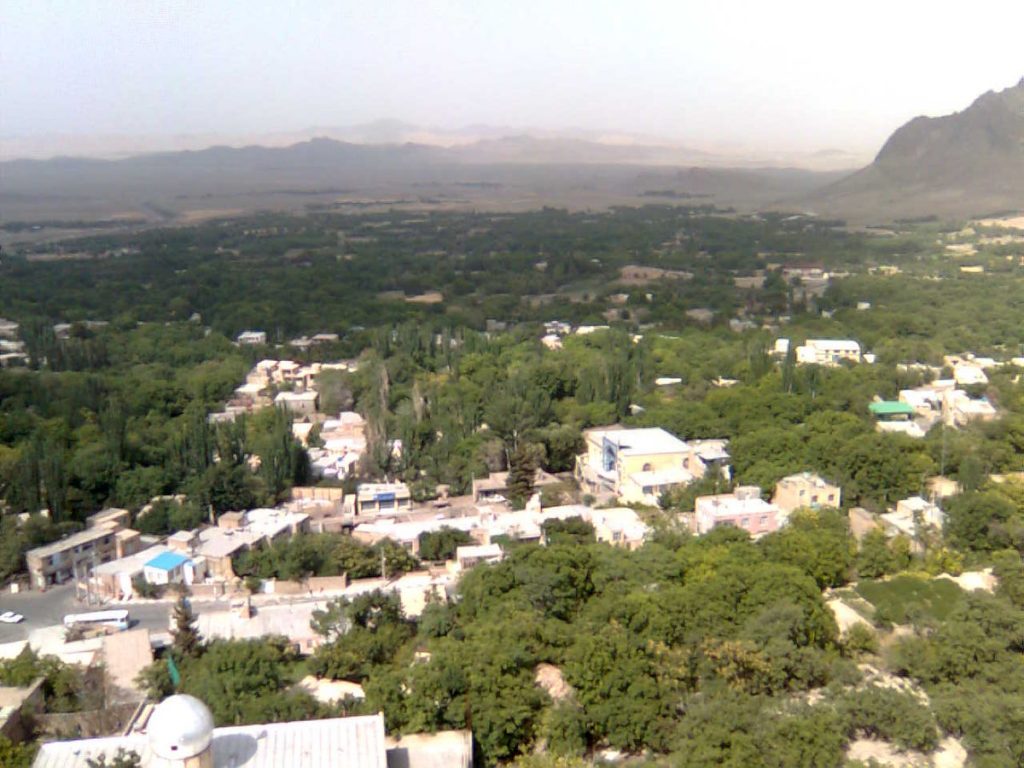
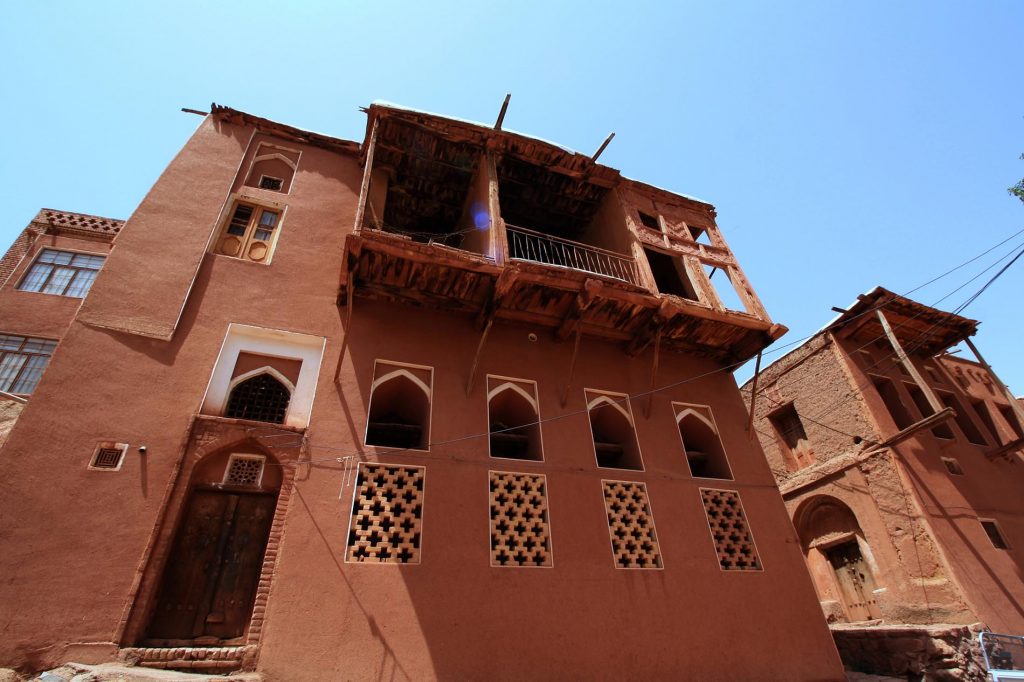
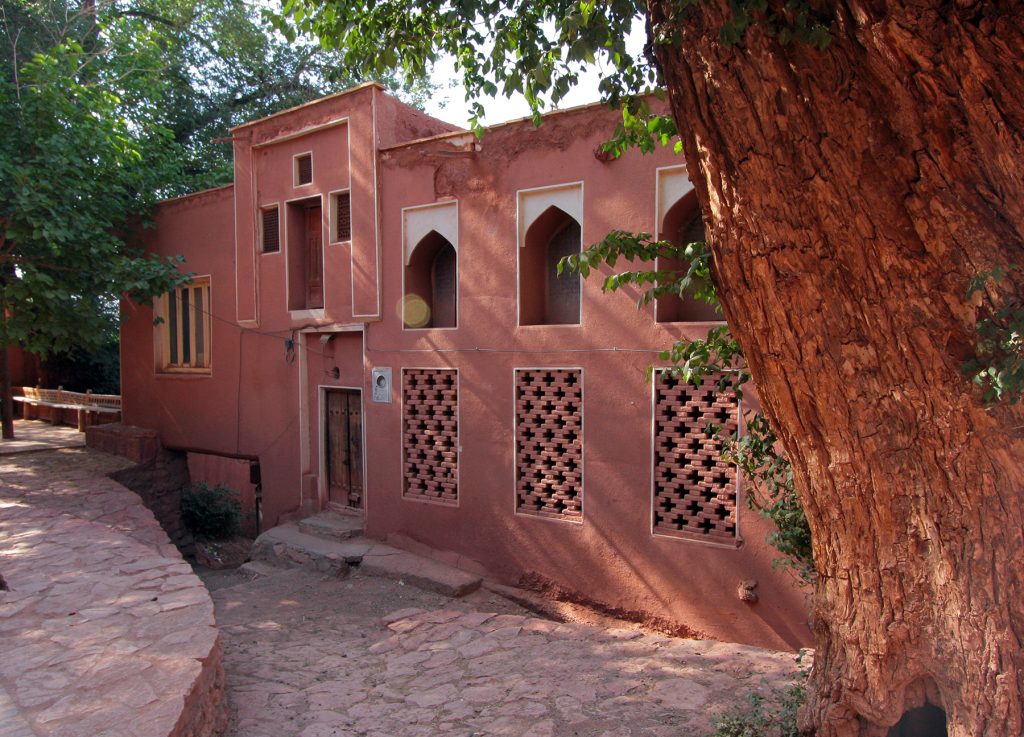
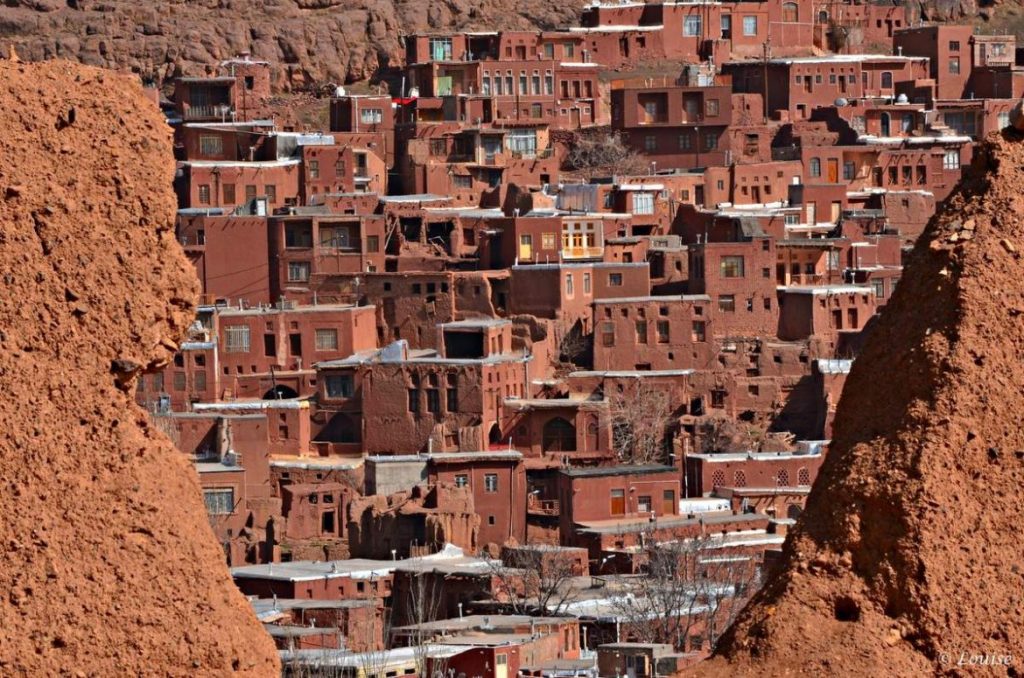
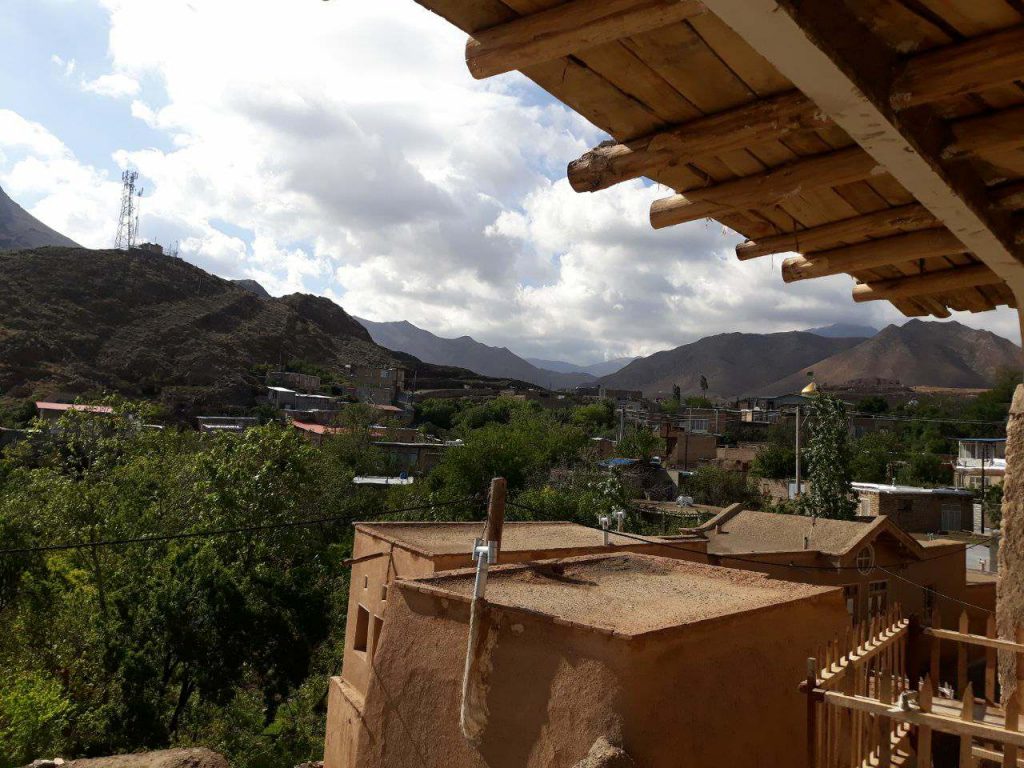
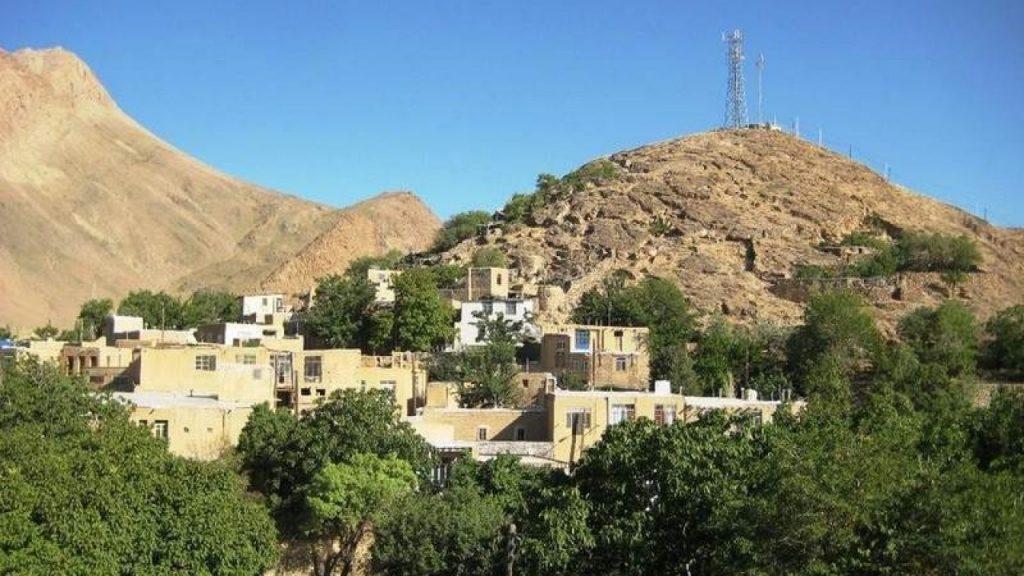
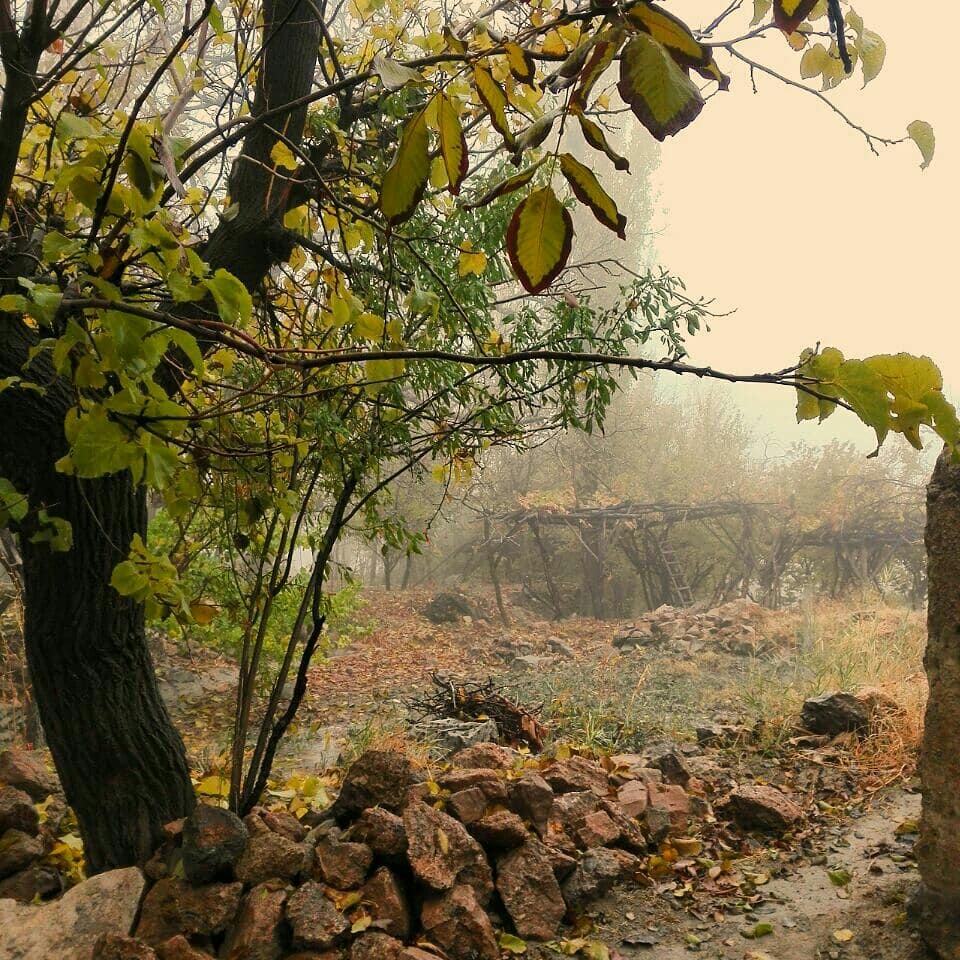
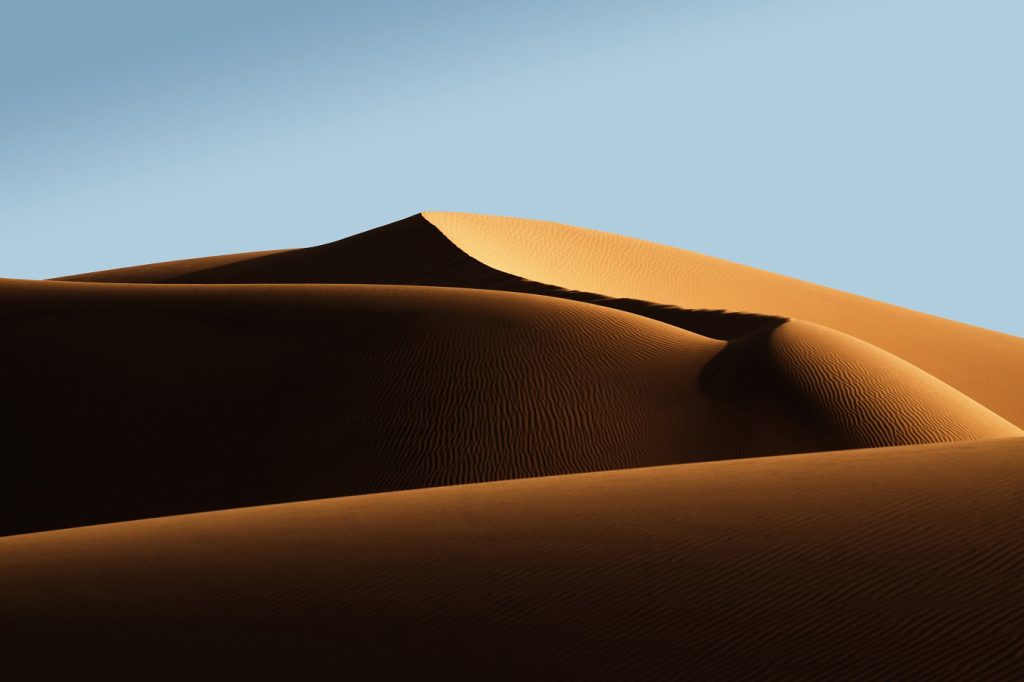
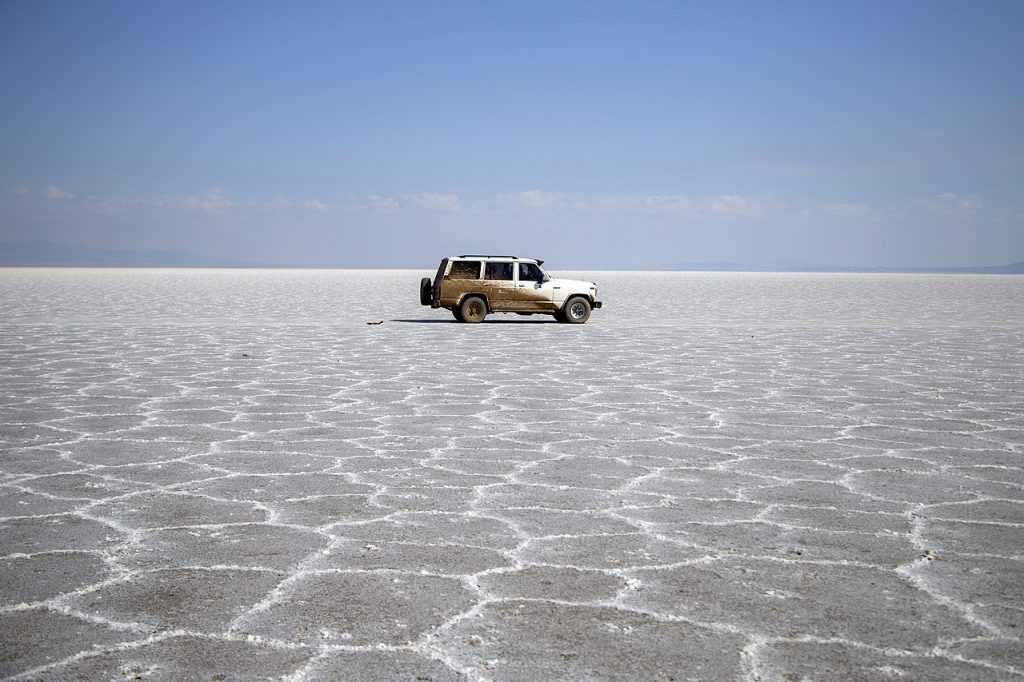
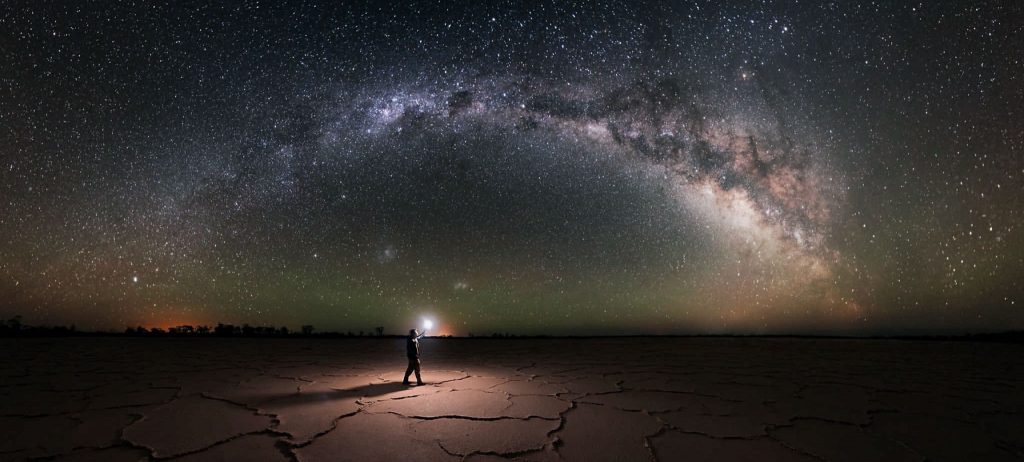
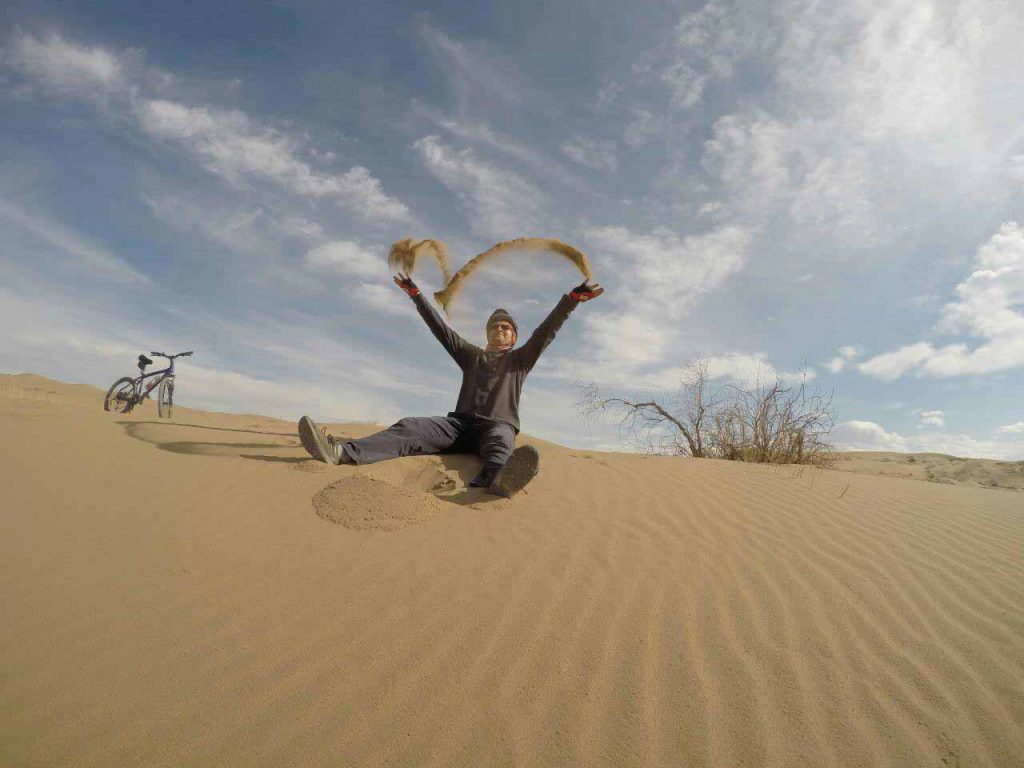
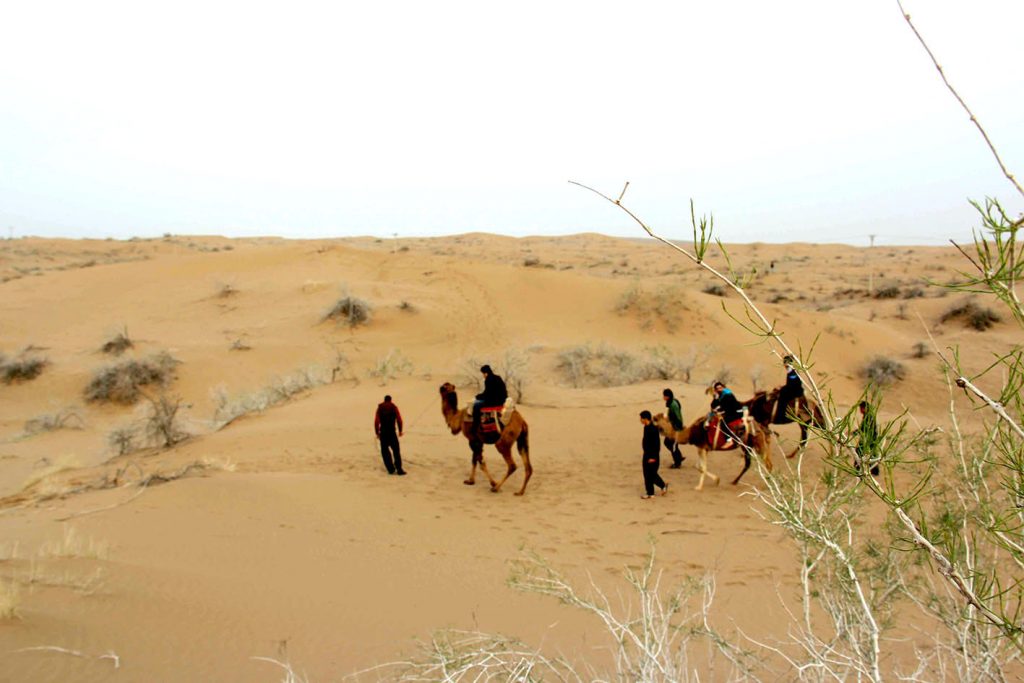
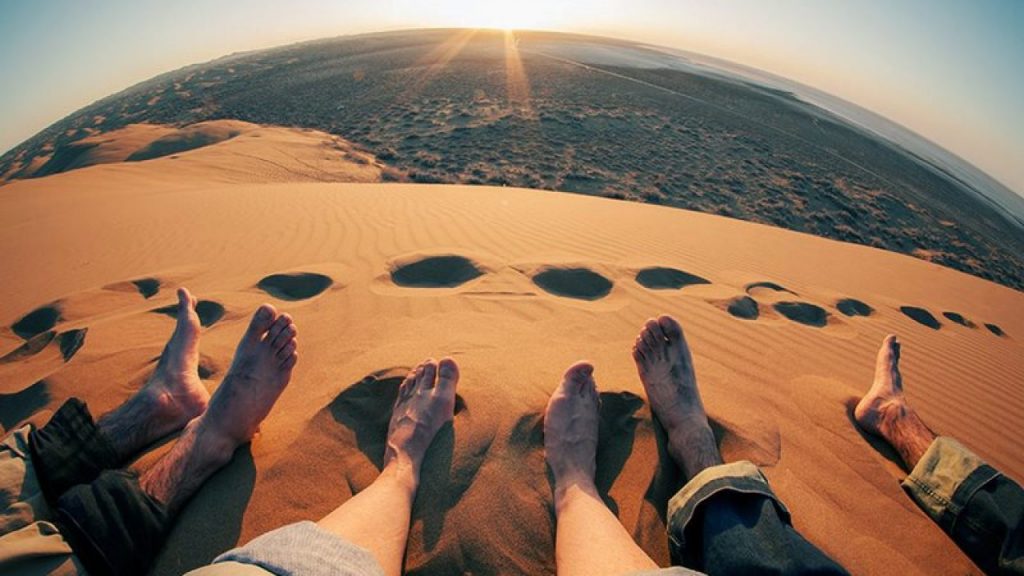
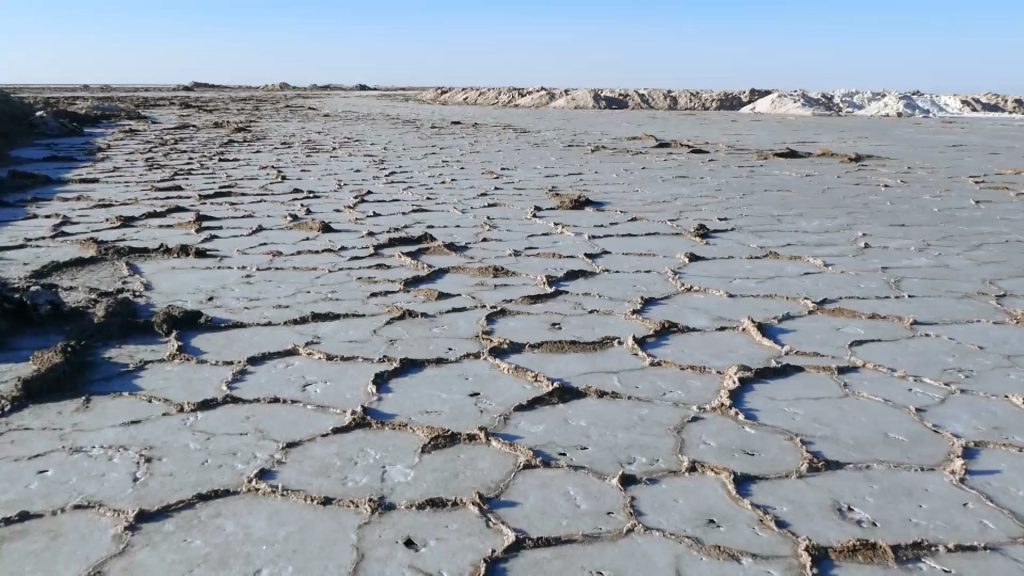
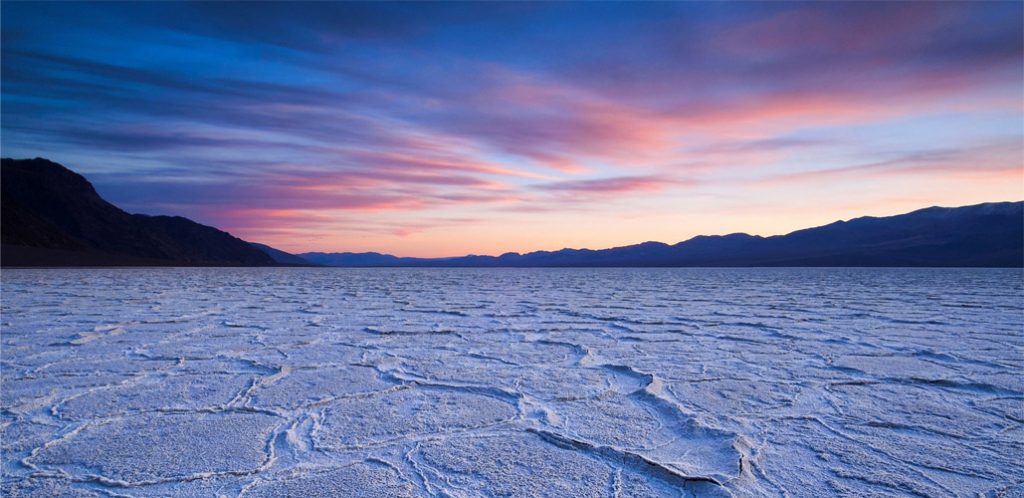
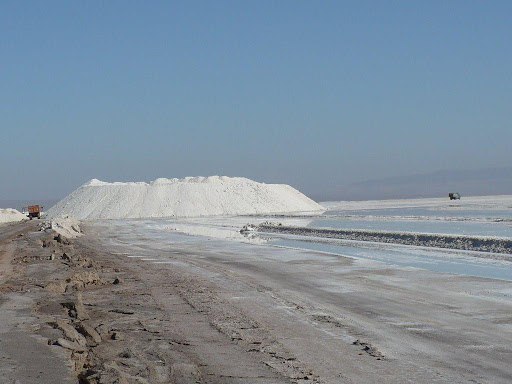
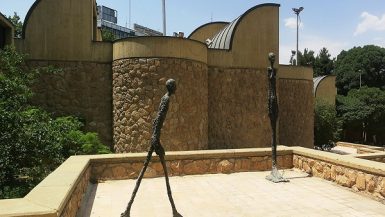
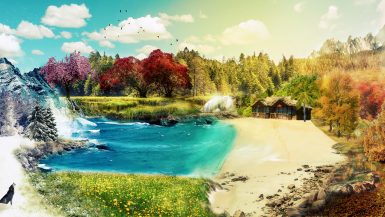
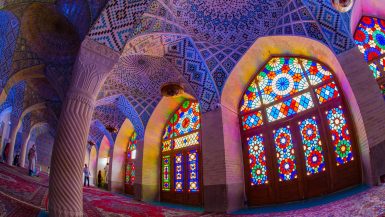

Leave a reply